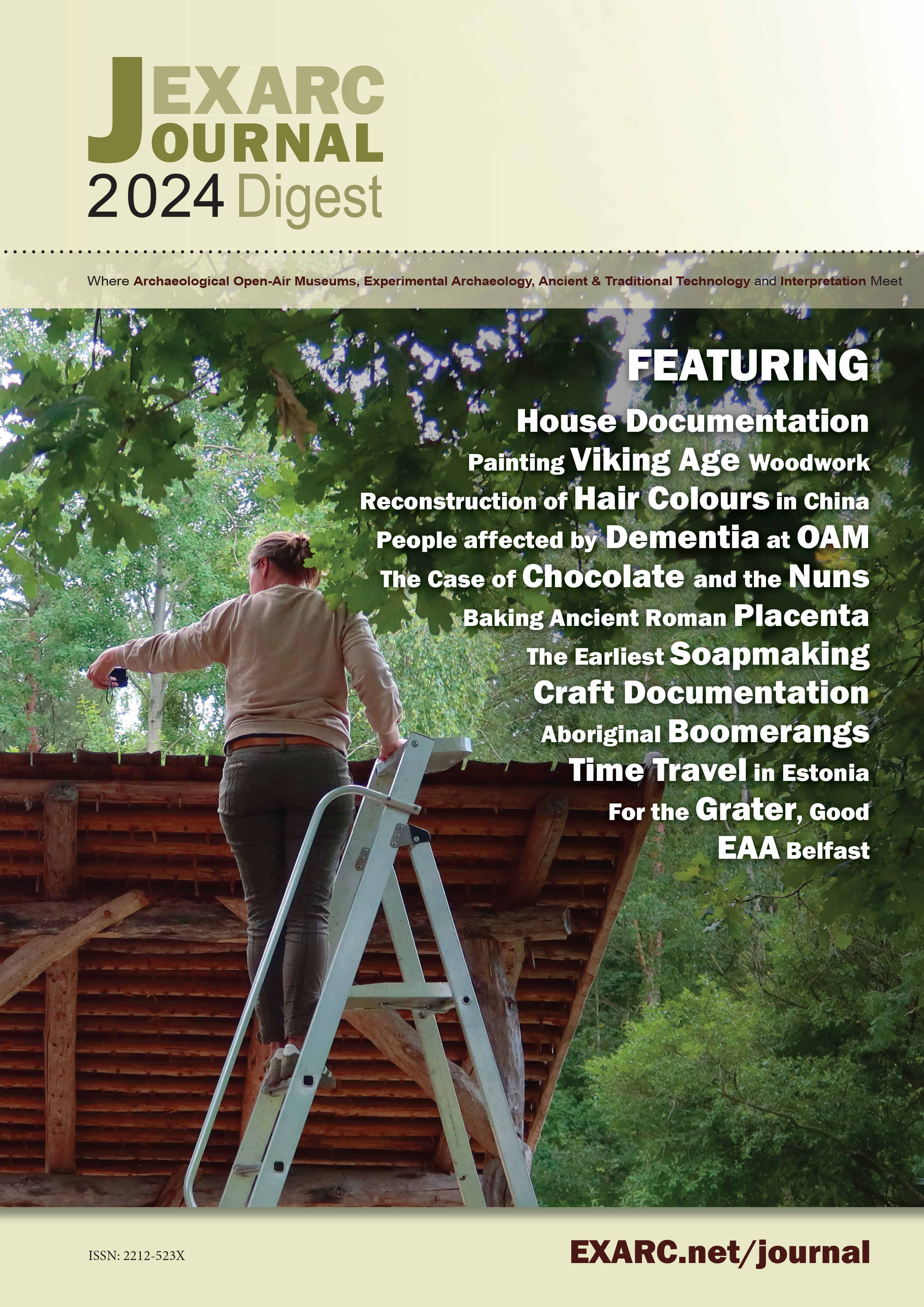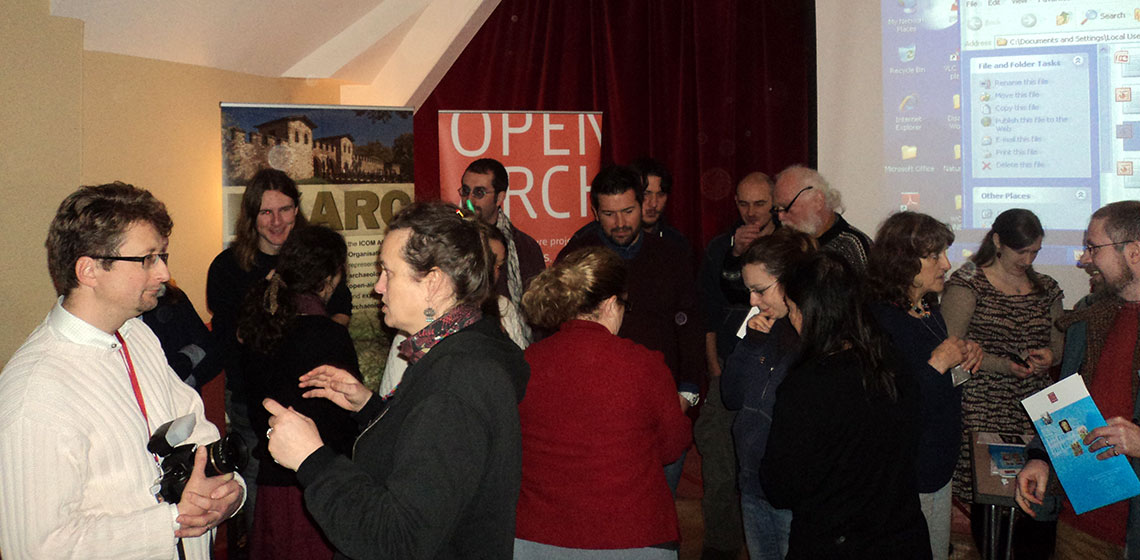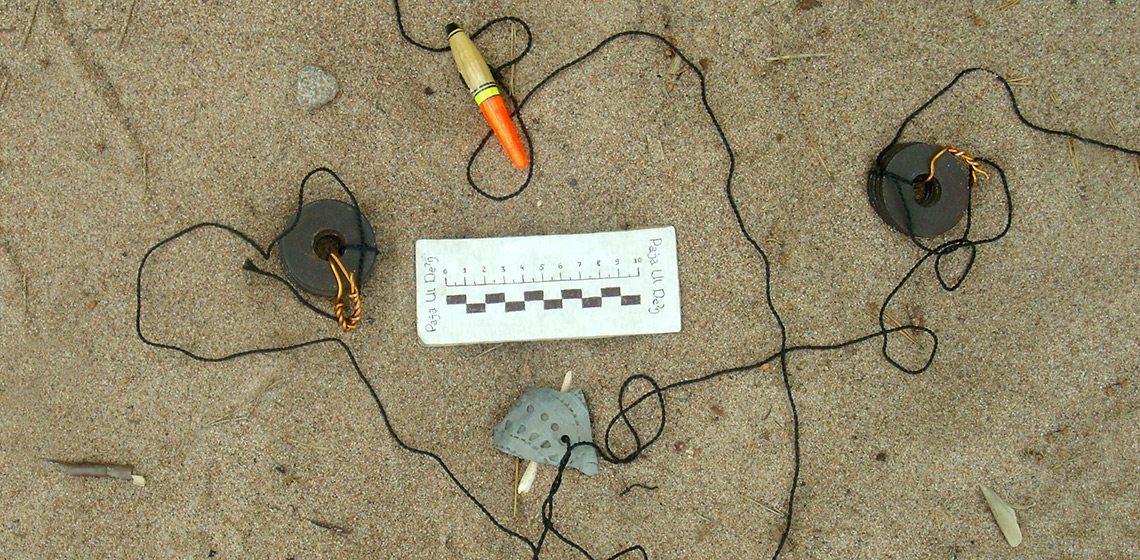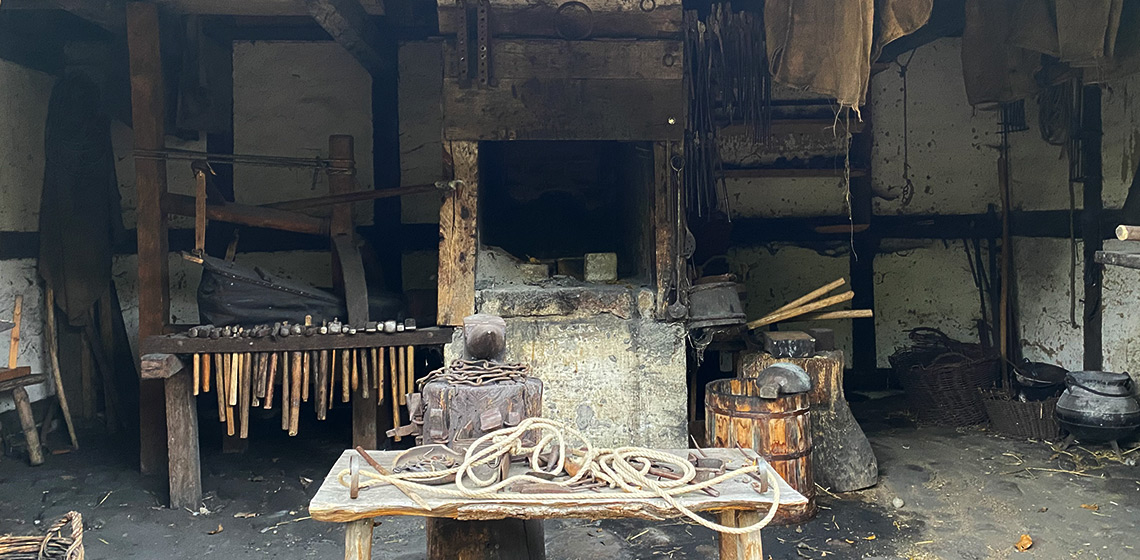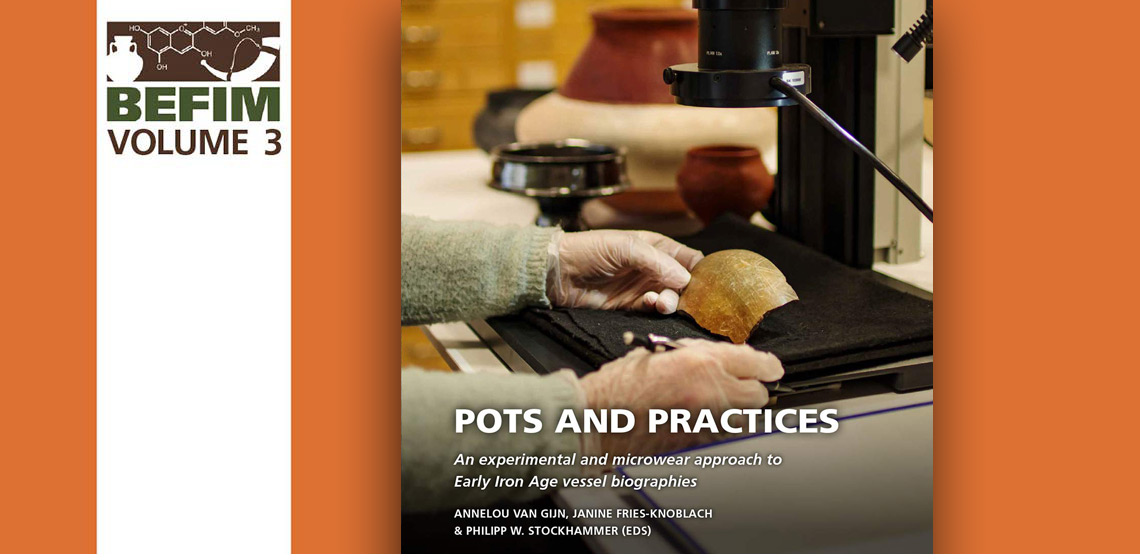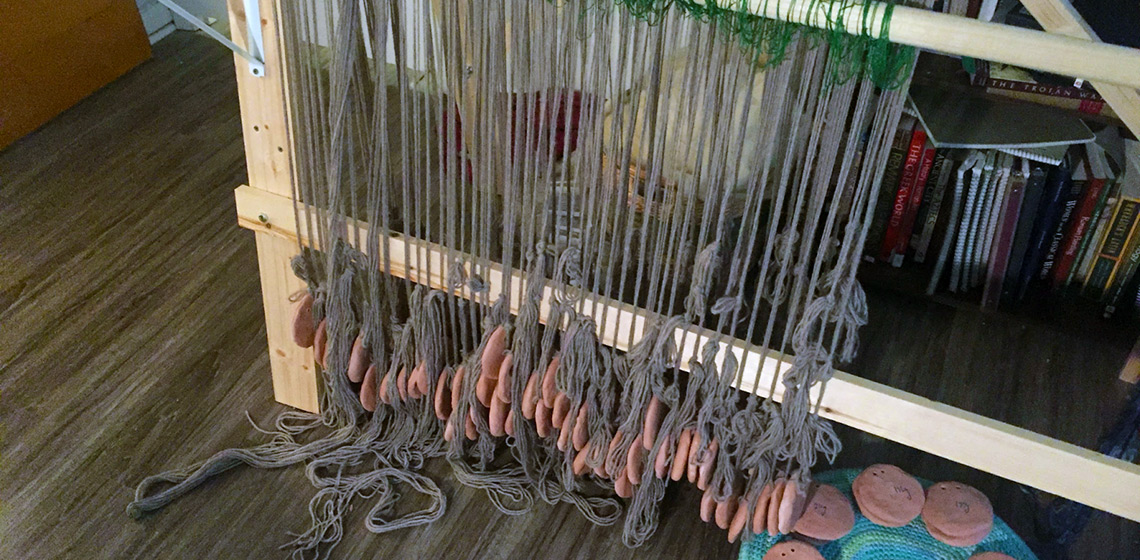EXARC Journal - Latest Articles
Book Review: Exhibition Catalogue on Experimental Archaeology by Mamuz
Event Review: Experimental Archaeology in Denmark 2021
The meeting for Experimental Archaeology in Denmark (EAD) 2021 (Eksperimentel Arkæologi i Danmark) was held between the 5th and 7th of November 2021 at the Medieval Centre at Lolland in Denmark. The Medieval Centre focusses on living history in their museum with houses, staff, and volunteers recreating the environment of the time around the year 1395...
Book Review: Pots and Practices: An experimental and microwear approach to Early Iron Age Vessel Biographies by Annelou van Gijn et al (ed)
New or not new to experimental archaeology and microwear methodology in archaeology? Pots and Practices presents a succinct methodology to the analysis developed by archaeologists and a practicing ceramic artist, an investigation into working together on the relationship between two sites, their similarities and differences...
Ancient Technologies in Contexts of the Sustainable Development Goals
Five Case Studies of Clay Pot Irrigation and Earthquake Resistant Construction Technologies
Clay Pot Irrigation
Overview
Event Review: “NOVILARA DEI PICENI” Walk like a Picenian…
The Modern regions of Marche and Abruzzo were inhabited by various people during the Iron Age, but among those one particular population was more prevalent and gave a name to a whole culture: the Picenians. The Picenians, a mixture of Indigenous people and settlers from the East and the West, were fierce warriors who were able to give life to aristocracies and who relied on wars, agriculture, fishing and cattle breeding to prosper. During the 5th century B.C. Celtic tribes settled in the northern part of region and they soon adapted local customs and habits.
Ancient Greek Weaving, Experimental Archeology on Greek Textiles and Household GDP
***This paper outlines the experimental weaving project of an ancient Greek chlamys to investigate the weaving production capacity of a typical household and reconstruct women’s contribution to household GDP in ancient Greece. While some scholars have researched finer textiles and tech-niques based on visual evidence...

 The EXARC Journal (since 2004) is the leading Journal for those involved in
The EXARC Journal (since 2004) is the leading Journal for those involved in 
